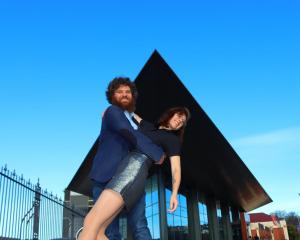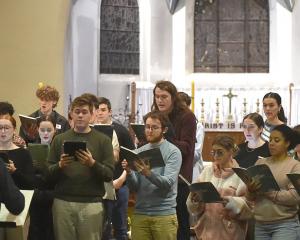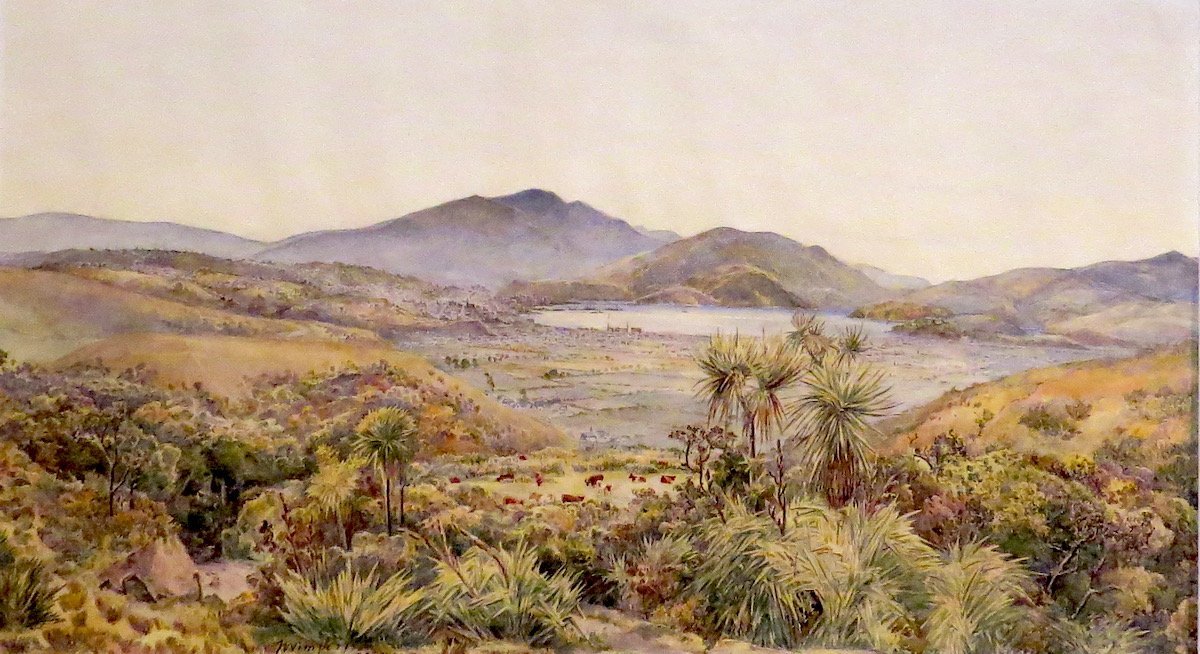
"Groundbreakers", at the Dunedin Public Art Gallery, focuses on the beginnings of the rise of art in Dunedin. The display offers an excellent opportunity to examine the birth of our local art scene.
In the first of the exhibition’s three sections, we see the landscapes of late 19th-century artists. The works show strong influence of classical European realism, as did the work of parallel arts scenes in other outposts of European civilisation, from Australia’s Heidelberg group to the American Hudson River School.
The second section shows the rise of art tutelage. Emphasis turns to posed portraits, although less formal scenes from life are also present.
While European influence is still strong, several artists are starting to move into their own territories and styles. Finally, we see Dunedin artists spreading their wings to paint and display their works in Europe and elsewhere. Here, the artists take what they have learnt locally and combine it with the influence of new overseas movements.
While focus is understandably on the influential William Mathew Hodgkins, his daughter Frances, and noted artist Grace Joel, the work of their less-remembered contemporaries adds considerably to the exhibition. Once well-known names such as Jenny Wimperis and Nellie Hutton are well-represented by several fine works, and as always the exhibition is extensively annotated.
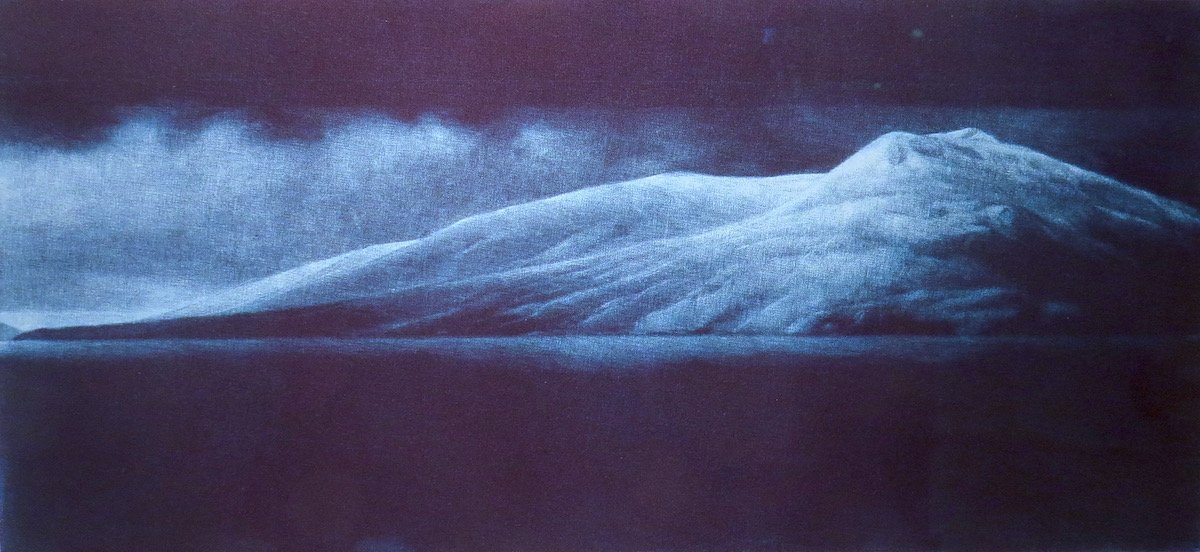
(Fe29 Gallery)
As both scientist and artist, Chris Adams has two intertwined careers.
As a geologist, he understands the poetry of the earth; as a maker of mezzotints, he understands the science of the artistic process. Across both fields, he is open to the wonders of the world — its forms, its terrain, and the play of light upon its surfaces.
Adams’ exhibition at Fe29 touches on these overlapping strands. The artist has produced several small groups of works focusing on flora, the towering skies and silhouettes of the subantarctic islands, and a series of small, sombre abstract pieces reminiscent of the work of Adams’ one-time mentor, John Drawbridge.
Many of the works are presented in deliberately and sometimes oppressively dark tones, with images such as This Strong Wind, Wellington Heads being delicately composed in dark greys and shades of black on black. Other images relieve the palette only slightly, with sooty deep rose, sepia and a glorious deep indigo blue as key colours.
Adams explores the semi-domesticated beauty of Otago Peninsula and Johnston Hill with the same eye for the glory of a scene as he does the clouds of Cook Strait and the rugged coasts of the Auckland Islands. His works are meditative reflections on the poetry of place and time.
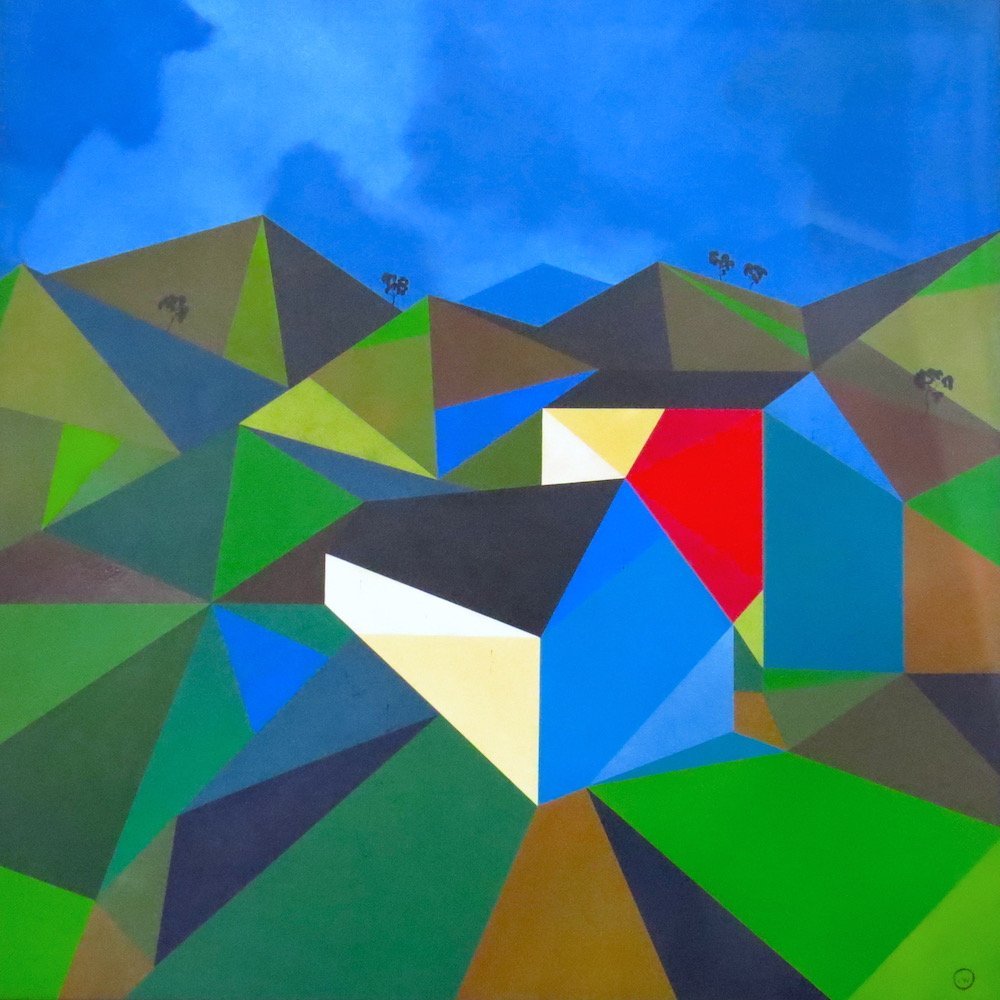
(The Artist’s Room)
If Chris Adams presents the land as flowing dusky forms, James Watkins takes the opposite tack with his bright, cubism-inspired landscapes.
Watkins has presented a group of ten paintings, many of which focus on that most New Zealandesque subject, the lone house in the vastness of the land. In images such as House with a Red Roof and On the Horizon, we are presented with single geometric structures, often devoid of windows and doors, planted firmly in the centre of the terrain.
The land in these works takes one of two forms, and the contrast between them, and between the land and buildings, gives the display an intriguing air and effectively divides the art into two distinct groups. In some of the images, the land takes the same cubist form as the structures, lending the works a crystalline air. Two of the pieces, In the Pink and Cubist Kaleidoscope carry this approach to its extreme, with the buildings almost disappearing among the shattered fluorescent panes of colour.
In other images, the rectangles and triangles of the buildings are placed against a soft wash of hills and trees, a style which excellently emphasises the difference between the artificial constructions and the timeless nature of the land upon which they stand.
By James Dignan








